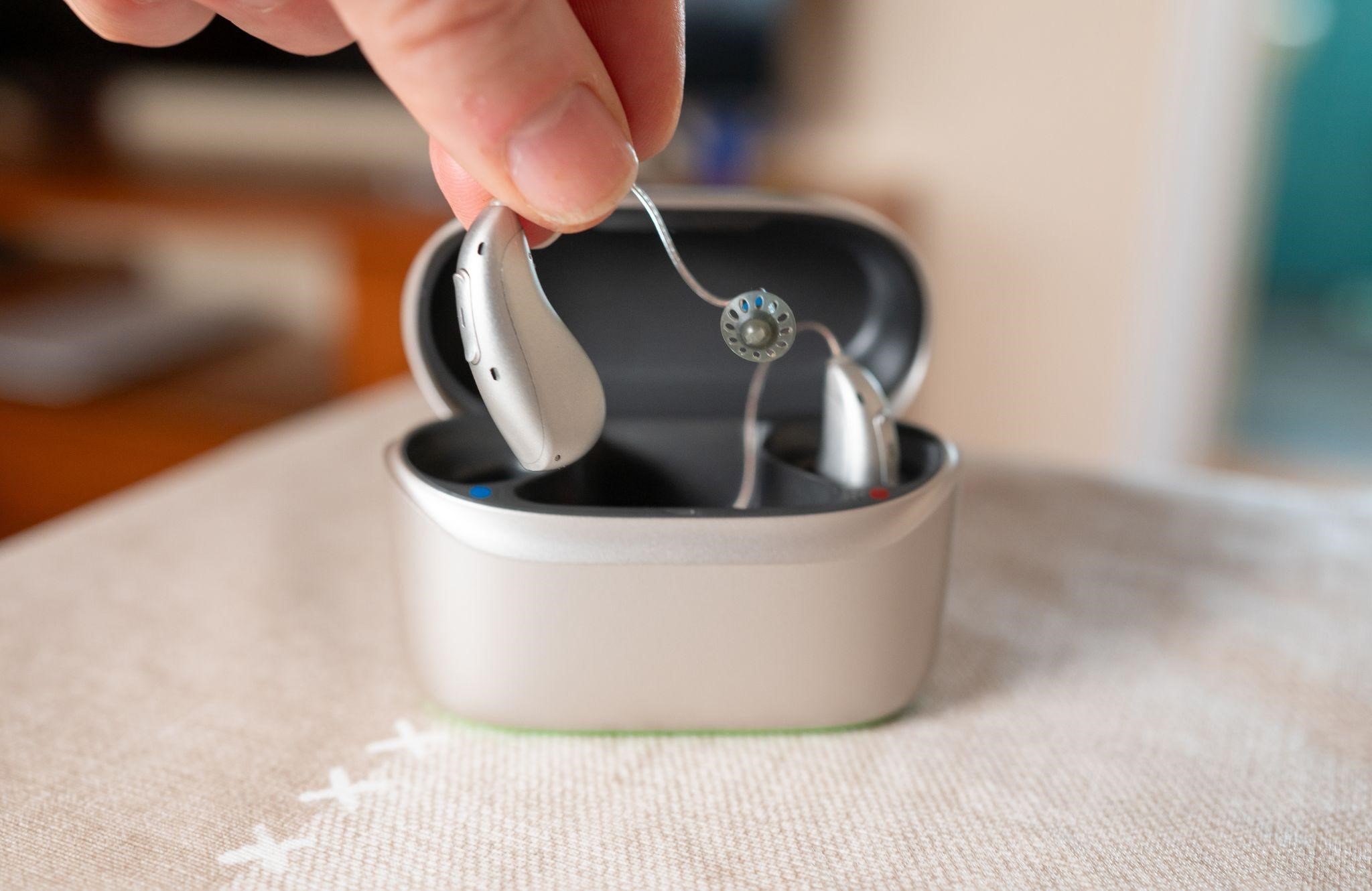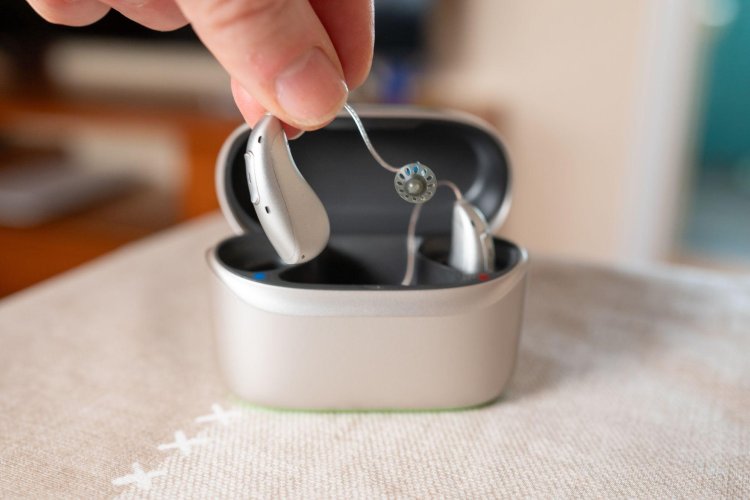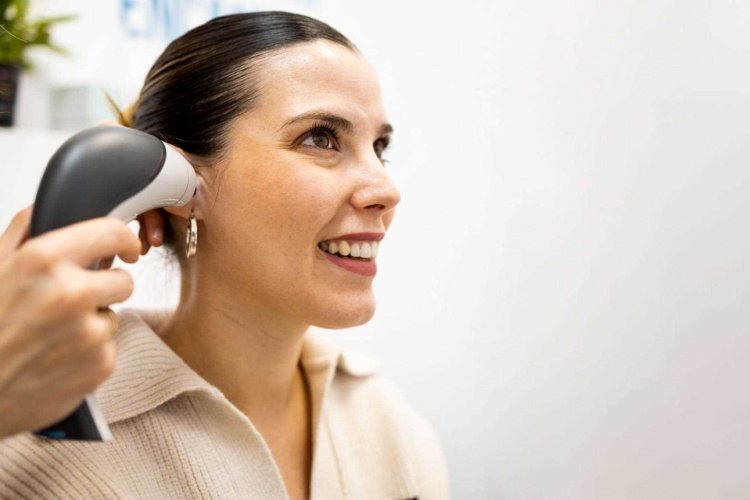Your hearing aids give you restored hearing, but they need to stay powered to connect you with the world around you.
When it comes to hearing aids, you have two options for powering them. You can choose between rechargeable models and ones with disposable batteries that need to be replaced. The right one for you largely depends on your lifestyle.
How Do The Two Power Types Work?
Rechargeable Hearing Aids
The batteries in these hearing aids are lithium-ion, similar to those used in other devices, such as cell phones and laptops. These hearing aids come with a charging case, and rechargeable models can often last a full day on one charge. However, how long rechargeable hearing aid batteries last largely depends on usage and features like Bluetooth.
Disposable Battery Hearing Aids
This type of hearing aid has the battery in the device itself, which will need to be replaced after a few days or weeks, depending on the battery’s lifespan. Replacing the battery is simple, but you’ll need to carry extra batteries in case they die while you’re out and about.
Pros and Cons of Rechargeable vs. Battery Hearing Aids
Advantages of Rechargeable Hearing Aids
- Increased convenience: Recharge overnight for a full day of use, no frequent battery changes.
- Cost-effective: Save money over time with no need to purchase new batteries as often.
- Eco-friendly: These batteries reduce waste since you’re not discarding drained batteries.
- Safer: Lower risk for children and pets who might swallow batteries.
- Accessible: Ideal for those with dexterity or vision challenges.
Limitations of Rechargeable Hearing Aids
- Regular charging: Devices must be charged daily to avoid interruptions.
- Requires electricity: Cannot be recharged without access to electricity.
- Professional replacement: Built-in batteries need to be replaced by a professional every 4 to 5 years.
Advantages of Battery-Powered Hearing Aids
- Longer use: Provides extended uninterrupted hearing without the need for charging.
- Quick replacement: Batteries can be swapped easily on the go.
- No charging required: An option for frequent travelers or those without consistent access to outlets.
Limitations of Battery-Powered Hearing Aids
- Ongoing expense: Requires continuous purchases of replacement batteries.
- Environmental impact: Generates more waste compared to rechargeable options.
- Handling difficulty: Small batteries can be challenging for those with vision or dexterity issues.
Which Type of Hearing Aid Battery is Right For You
There is no right answer when it comes to rechargeable vs. battery-powered hearing aids. It all comes down to which type fits your life. Consider where you spend most of your time, how comfortable you are handling small batteries, and whether sustainability or long-term costs are more important to you.
For some people, the peace of mind that comes from always having spare batteries outweighs the hassle of regular replacements. For others, the ability to place your hearing aids in a charging case overnight makes life easier and more stress-free.
Conclusion
Choosing between rechargeable vs. battery-powered hearing aids isn’t just about technology, it’s about finding what makes life easier and more enjoyable for you. The first step is scheduling a hearing aid consultation to find the best model and the right fit.
Our team of hearing experts is here to assist you in your journey to regain your hearing, not only in the beginning, but also by offering continued hearing aid support. Schedule a free hearing evaluation at any of our Tennessee hearing aid centers, and we’ll help you find the solution to keep you connected to the moments that matter most.






